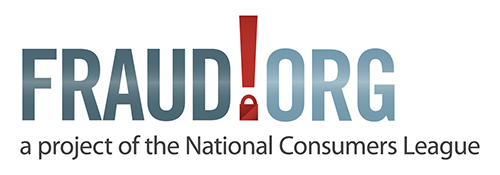Skimming fraud targeting government benefit cards
The U.S. Department of Agriculture has reported a spike in scammers targeting users of Supplemental Nutrition Assistance Program (SNAP) benefits. Specifically, fraudsters have been utilizing card skimming to swipe the funds from individuals’ Electronic Benefit Transfer (EBT) cards. This type of fraud jeopardizes the food security of SNAP beneficiaries and any dependents they may care for. This is because there is no guarantee that their SNAP administrator will replace the stolen funds. The harm to victims is compounded by the headache of needing to change their cards’ personal identification numbers (PINs) or waiting to receive replacement cards.
Card skimming is relatively simple for fraudsters and occurs undetected frequently. It requires no extra steps from the SNAP beneficiary or direct communication with the criminal—all the victim has to do is make a purchase or use an ATM like normal and swipe their EBT card. Unless the merchant or ATM operator notices the skimmer before the consumer swipes their card, victims often discover the scam occurred after the fact, when they notice missing funds.
It’s important to understand that EBT cards differ from debit and credit cards in a couple of ways. First, debit and credit cards now almost always come with a chip that is used instead of a magnetic stripe, as well as near field communication (NFC) technology that allows consumers to tap their cards. Both methods of transferring money are exponentially more secure than swiping a card. Unfortunately, very few EBT cards come with a chip, and none are equipped with NFC technology. This leaves beneficiaries to rely on insecure magnetic stripe technology, which will transfer card information to card skimmers if one is active.
Second, federal law protects traditional debt and credit card holders from unauthorized use of their cards. If a fraudster skims the information from one of these cards and uses that information to purchase items for themselves, the victim has limited liability for the stolen funds and is able to be reimbursed for the loss by their card issuer. Unfortunately, these same federal laws exclude EBT cards from fraud protections. The combination of these two issues leaves SNAP beneficiaries vulnerable to bad actors—both technologically and legally.
With policy and technological fixes to insecure EBT cards still far in the future, the best defense for consumers who use these cards is to learn to spot the signs of skimming fraud. Tip include:
- Look for signs of tampering on ATMs and point of sale terminals before paying. Check for pieces that appear out of place, crooked, dislodged, or uneven on the payment terminal. New York City’s Department of Social Services published a helpful flyer with sample images of tampered devices.
- Try lifting the keypad or card reader components. Often, the skimmer will be loose and may come right off.
- Cover your PIN. Sometimes, fraudsters place a hidden camera above the payment terminal to capture victims’ PINs. As you enter your PIN, physically covering the action with your other hand can minimize PIN insecurity.
- Frequently check your benefits account for unrecognized charges. If there are unauthorized transactions, change your PIN immediately to prevent further misuse. Some authorities even recommend changing your PIN regularly.
- Report suspicious activity to your state and local authorities. Although reimbursement isn’t federally guaranteed, it’s still worth contacting your SNAP administrator.
If you or a loved one has been a victim of EBT card skimming fraud or another other scam, reporting the crime helps enforcement agencies spot trends and build cases against the crooks. You can file a complaint via Fraud.org’s online complaint form at this link.









